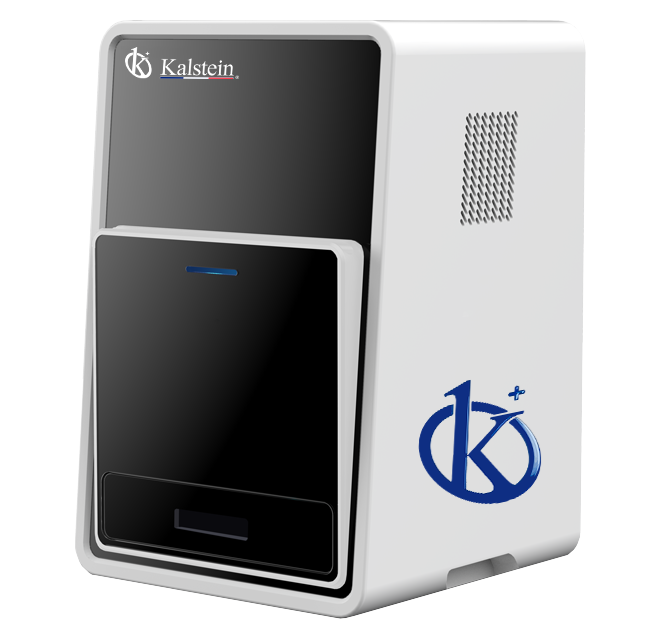Gel electrophoresis is a technique widely used in life science laboratories to separate macromolecules such as DNA, RNA, and proteins. In this technique, molecules are separated according to size and electrical charge.
How does electrophoresis work?
The gel used in gel electrophoresis is usually made from a material called agarose, which is a jelly-like substance extracted from seaweed. This porous gel could be used to separate macromolecules of many different sizes. The gel is immersed in a salt buffer solution in an electrophoresis chamber. Tris-borate-EDTA (TBE) is commonly used as the buffer. Its main function is to control the pH of the system. The camera has two electrodes – one positive and one negative – at its two ends.
Samples that need to be analyzed are then loaded into tiny wells in the gel with the help of a pipette. Once the charge is ready, an electric current of 50-150 V is applied. Now, the charged molecules present in the sample begin to migrate through the gel to the electrodes.
The rate at which each molecule travels through the gel is called its electrophoretic mobility and is determined primarily by its net charge and size. Heavily charged molecules move faster than weakly charged.
Once the separation is complete, the gel is stained with a dye to reveal the separation bands. Ethidium bromide is a fluorescent dye commonly used in gel electrophoresis. The gel is soaked in a dilute solution of ethidium bromide and then placed in an ultraviolet transilluminator to visualize the separation bands. The bands are examined or photographed immediately for future reference, as they will diffuse on the gel over a certain period of time.
Gel documentation systems
You should keep in mind that gel electrophoresis is one of the main tools in molecular, cellular and biochemical biology laboratories. In fact, it remains one of the main endorsements and tests requested when publishing important results. This is why researchers require high-resolution and multiple image recognition systems to process gels. From this point of view, the processing of gels requires the highest sensitivity to ensure the quality of the results.
Today, digital development makes available image analysers or gel documentation systems, specifically designed to meet the needs and budget of the laboratory. These provide innovative solutions for both image capture and analysis, and are configured based on the techniques used by each researcher.
At Kalstein we present you our documentation system for gels whose compact and friendly design allows you to easily capture the image of the gel in high quality. These are systems that have an intuitive user interface, are capable of fast image capture and self-exposure, and come equipped with an exceptional high-resolution camera. Images are easily saved thanks to its software. It has an excellent transilluminator and a blue LED light filter that allows the recovery of nucleic acids directly from the gel, without damage, unlike the old systems. That’s why we invite you to take a look at the “Products” menu. HERE

